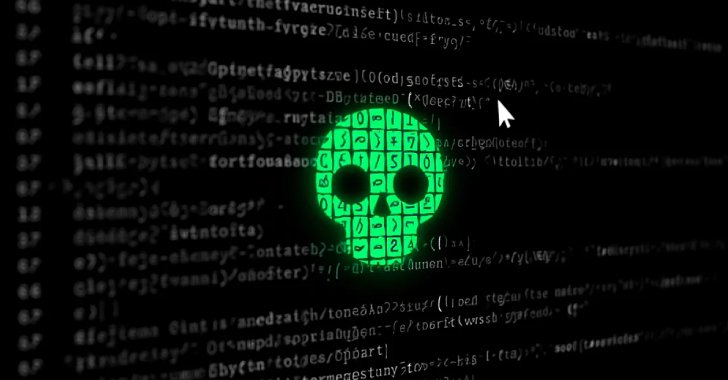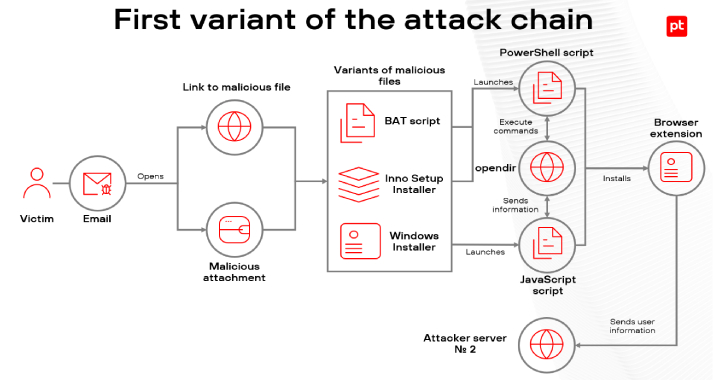The content of this post is solely the responsibility of the author. AT&T does not adopt or endorse any of the views, positions, or information provided by the author in this article.
Retirement plans are an easily overlooked but often critical cybersecurity concern. Employee stock ownership plans (ESOPs), while less common than others, may face particular risks.
ESOPs can provide a valuable way to foster employee engagement and reward loyal workers, but businesses must consider their cybersecurity risks. Without proper security, these plans and those who depend on them may be in danger.
ESOP security risks
Employee Retirement Income Security Act (ERISA)-regulated plans covered an estimated $9.3 trillion as of 2018. Individual ones can hold millions of dollars, making them tempting targets for cybercriminals.
ESOPs pose unique risks, as participating employees have an ownership stake in the company. Consequently, cyberattacks that damage the business’s reputation will affect ESOP participants. Lower stock values will reduce workers’ payouts when they retire.
This ownership stake means an attack doesn’t have to target the retirement plan directly to impact its participants. Any cybersecurity incident against the business poses a significant risk, and ESOP security means safeguarding the entire company’s attack surface.
How to minimize ESOP security concerns
ESOP cybersecurity concerns are significant, but you can take several steps to address them. Here’s how you can mitigate these security risks.
Assess company-specific risks
The first step in ESOP cybersecurity is to assess your specific risk landscape. Every organization and plan within one has unique considerations determining the most effective mitigation measures, so these assessments are a crucial starting point.
Every risk contains two key components: an event that could happen and the consequences if it does. Teams must compile a formal list of threats facing their ESOP plans, ensuring to cover both these categories. This will reveal the most important vulnerabilities to address, helping guide further security steps.
Verify vendors
Like many retirement plans, ESOPs typically rely on third-party vendors to manage funds. Consequently, breaches in these partners could impact the business itself. About 51% of all organizations have experienced a data breach from a third party, so verifying their security before going into business with them is crucial.
Ask for third-party audits and similar proofs of security to ensure any vendors meet strict cybersecurity standards. Contracts should include detailed pictures of their security responsibilities and consequences for noncompliance. Ensuring all vendors have sufficient cybersecurity insurance is also a good idea.
Minimize access
You should minimize access privileges across the organization and its partners even after verification. Well-meaning employees can still make critical errors, but if each account can only use a few resources, a breach in one won’t jeopardize the entire system.
Operate by the principle of least privilege: Every user, program and endpoint should only be able to access what it needs to work correctly. That applies to third parties as well as company insiders. This will minimize lateral movement risks, helping keep ESOPs safe from attacks elsewhere in the organization.
Create a culture of Cybersecurity
ESOP participants slowly gain increasing ownership stakes in the company, so their cybersecurity responsibilities should follow. Employees should understand how their actions impact the wider organization’s security and use best practices out of habit.
You can foster a cybersecurity culture by offering regular training, tying security goals to their impact on employees’ personal lives, and encouraging feedback and questions. When cybersecurity comes as second nature, the company will become inherently more secure, protecting ESOPs.
Develop a business continuity plan
It’s important to realize that no defenses are 100% effective. There were at least 1,862 data breaches in 2021 alone, and that figure has consistently risen over the years. Given this trend, it’s too risky to assume you’ll never suffer a successful attack, so business continuity plans are critical.
These plans should cover encrypted backups of all sensitive data, emergency communications protocols and steps to contain a breach. Ideally, they should also include cybersecurity insurance to cover any losses. These backup plans and resources will ensure ESOP participants can still protect their resources when a breach occurs.
ESOPs need strong Cybersecurity
Attacks on ESOPs and the organizations sponsoring them can cause substantial damage. In light of that risk, any company offering such a plan should also implement strong cybersecurity measures.
These steps will help any ESOP organization minimize its risk landscape. They can then ensure that cybersecurity incidents won’t jeopardize plan participants’ hard-earned retirement income.





